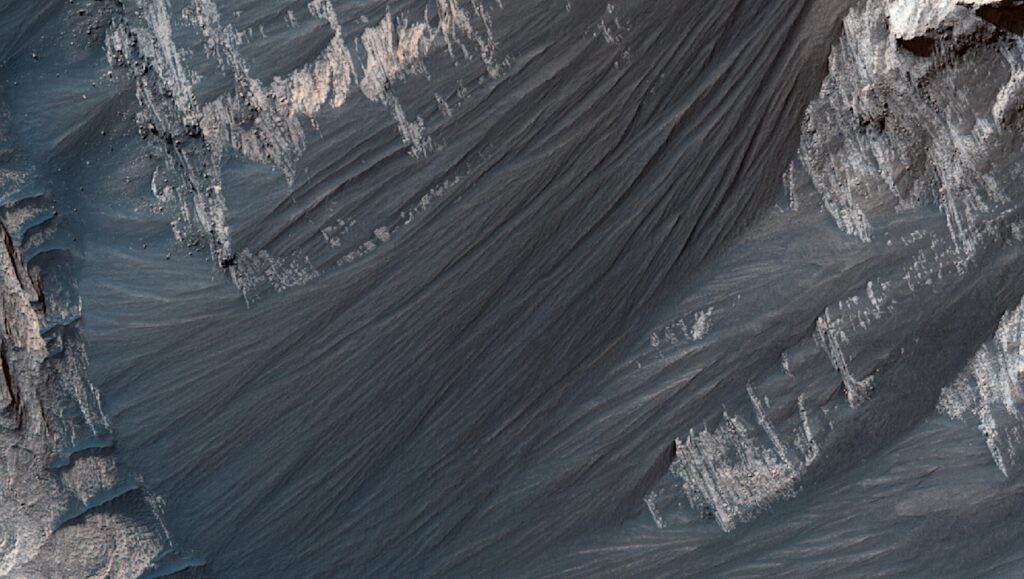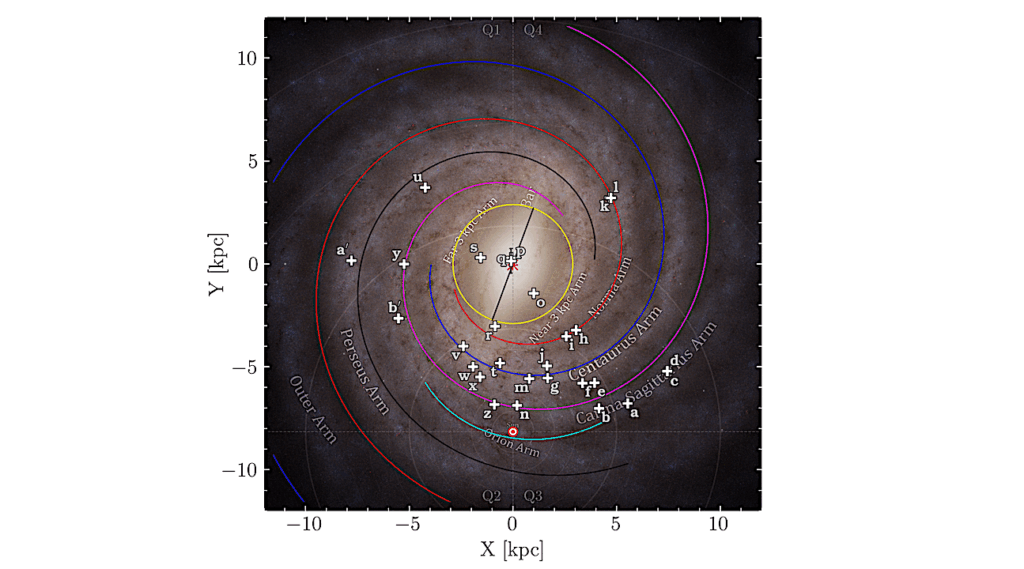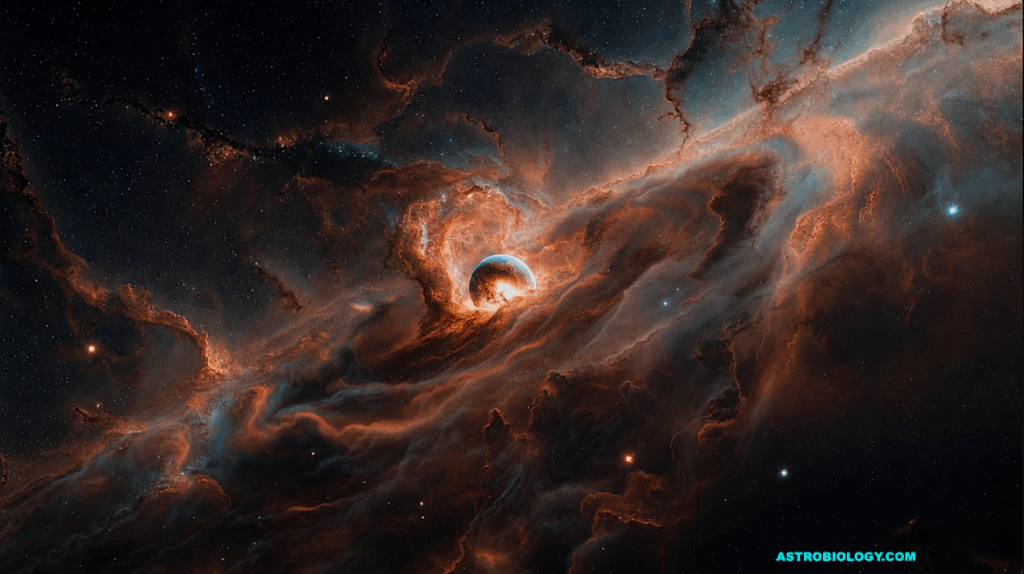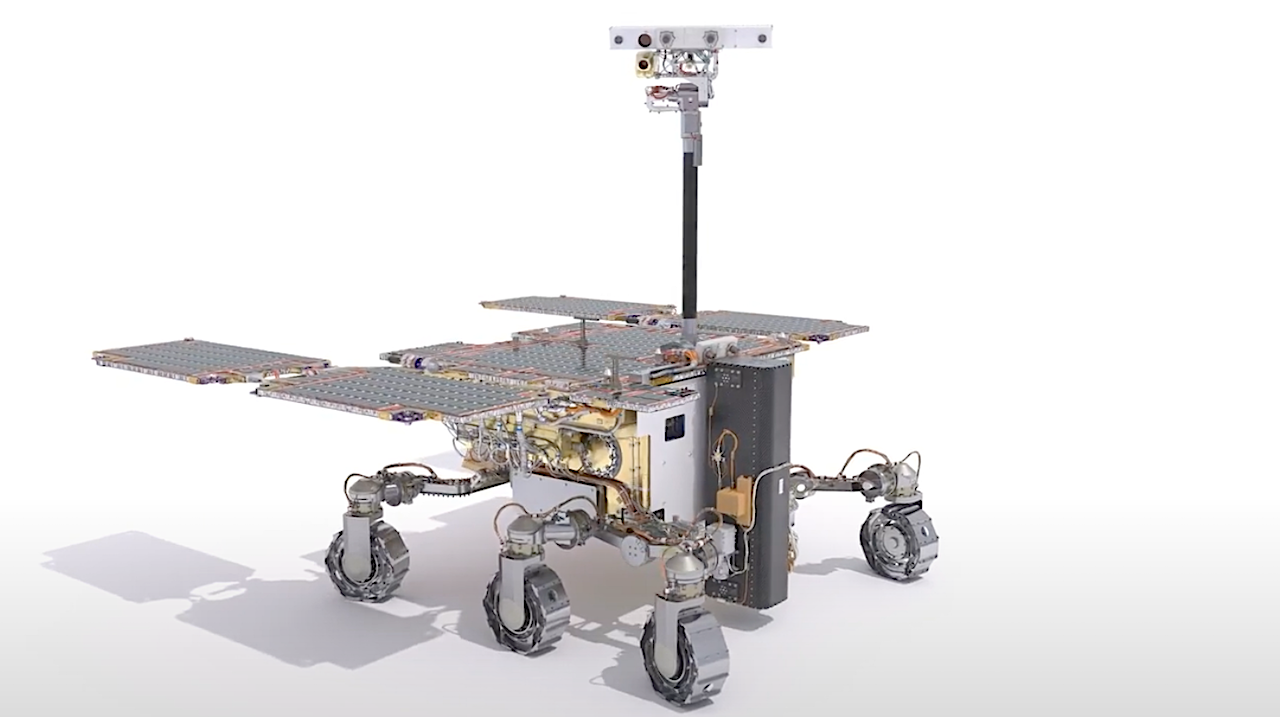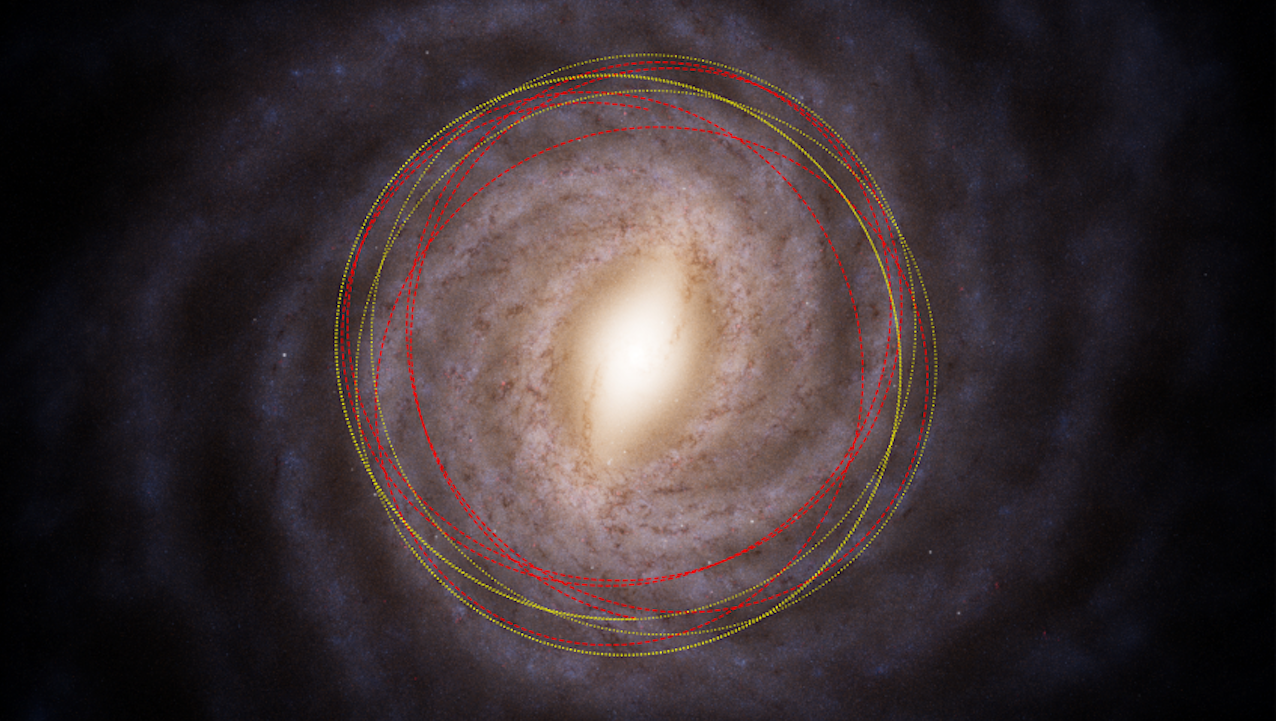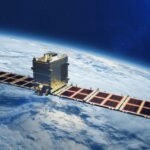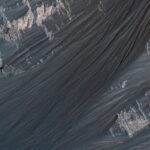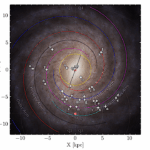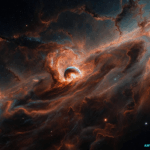Now Reading: Building SPARCS, an Ultraviolet Science CubeSat for Exoplanet Habitability Studies, Technology Advancements, and Mission Training
-
01
Building SPARCS, an Ultraviolet Science CubeSat for Exoplanet Habitability Studies, Technology Advancements, and Mission Training
Building SPARCS, an Ultraviolet Science CubeSat for Exoplanet Habitability Studies, Technology Advancements, and Mission Training
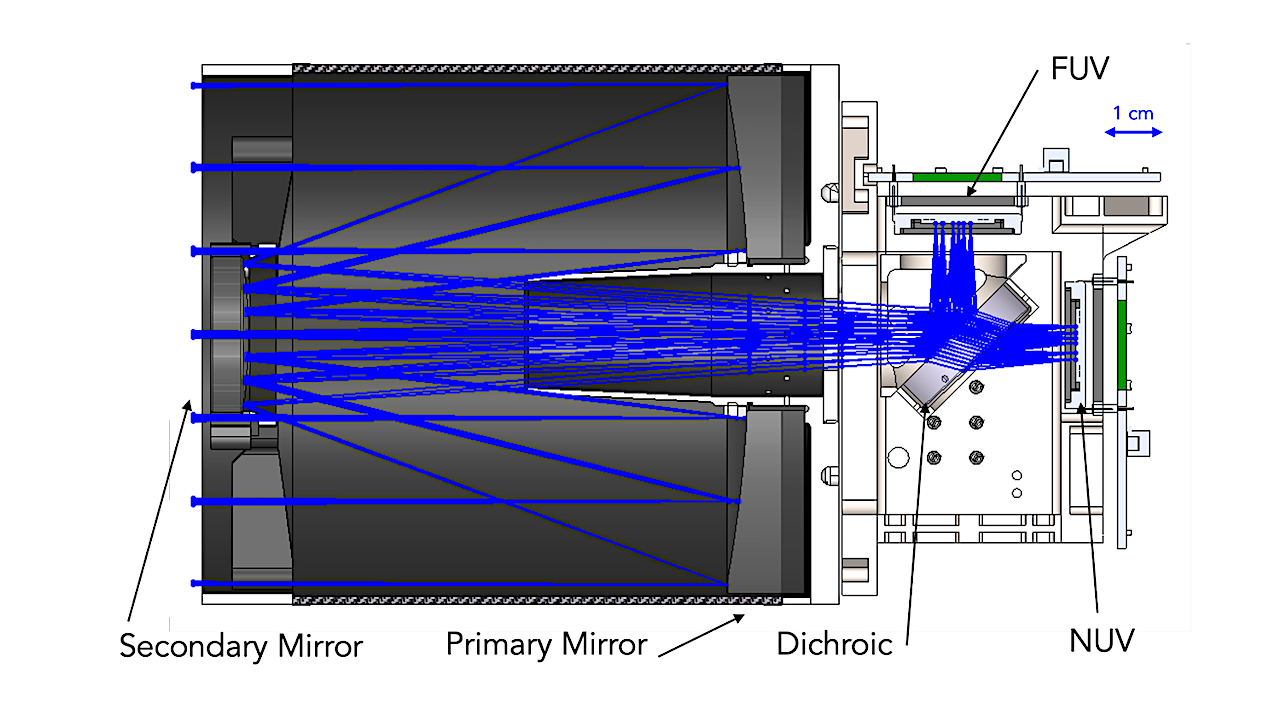

The SPARCS payload consisting of a telescope with a 9-cm primary mirror and a 3.25 cm secondary mirror feeding a dichroic beam splitter which transmits light to a NUV detector and reflects light to a FUV detector. — astro-ph.IM
The Star-Planet Activity Research CubeSat (SPARCS) is a NASA-funded 6U-CubeSat mission designed to monitor ultraviolet (UV) radiation from low-mass stars.
These stars’ relatively high-frequency and high-energy UV flares significantly affect the atmospheres of orbiting exoplanets, driving atmospheric loss and altering the conditions for habitability. SPARCS aims to capture time-resolved photometric data in the far-UV and near-UV simultaneously to better characterize the flares and detect the strongest and rarest among them.
In addition, SPARCS is testing innovative technology, such as delta-doped detectors with near 100% internal quantum efficiency and detector-integrated metaldielectric UV bandpass filters. This mission will increase the technology readiness level of these critical components, positioning them for inclusion in future flagship missions like the Habitable Worlds Observatory.
This paper outlines SPARCS’ mission goals and provides an update as the spacecraft is completed and awaits its planned late-2025 launch to a sun-synchronous low-Earth orbit. It also highlights the critical role of small missions in providing training and leadership development opportunities for students and researchers, advancing technology for larger observatories, and shares lessons learned from collaborations between academic, government, and industry partners.
Evgenya L. Shkolnik, David R. Ardila, Logan Jensen, April D. Jewell, Tahina Ramiaramanantsoa, Judd Bowman, Daniel Jacobs, Paul Scowen, Christophe Basset, Johnathan Gamaunt, Dawn Gregory, Maria C. Ladwig, Matthew Kolopanis, Shouleh Nikzad, Nathaniel Struebel, Joe Llama, Mary Knapp, Sarah Peacock, Titu Samson, Mark Swain
Comments: Accepted for publication in Journal of Astronomical Telescopes, Instruments, and Systems (JATIS)
Subjects: Instrumentation and Methods for Astrophysics (astro-ph.IM); Earth and Planetary Astrophysics (astro-ph.EP)
Cite as: arXiv:2507.03102 [astro-ph.IM] (or arXiv:2507.03102v1 [astro-ph.IM] for this version)
https://doi.org/10.48550/arXiv.2507.03102
Focus to learn more
Submission history
From: Evgenya L. Shkolnik
[v1] Thu, 3 Jul 2025 18:18:04 UTC (25,045 KB)
https://arxiv.org/abs/2507.03102
Astrobiology, Astronomy,
Stay Informed With the Latest & Most Important News
-
 01From Polymerization-Enabled Folding and Assembly to Chemical Evolution: Key Processes for Emergence of Functional Polymers in the Origin of Life
01From Polymerization-Enabled Folding and Assembly to Chemical Evolution: Key Processes for Emergence of Functional Polymers in the Origin of Life -
 02Panasonic Leica Summilux DG 15mm f/1.7 ASPH review
02Panasonic Leica Summilux DG 15mm f/1.7 ASPH review -
 03Two Black Holes Observed Circling Each Other for the First Time
03Two Black Holes Observed Circling Each Other for the First Time -
 04How New NASA, India Earth Satellite NISAR Will See Earth
04How New NASA, India Earth Satellite NISAR Will See Earth -
 05And Thus Begins A New Year For Life On Earth
05And Thus Begins A New Year For Life On Earth -
 06Astronomy Activation Ambassadors: A New Era
06Astronomy Activation Ambassadors: A New Era -
07SpaceX launch surge helps set new global launch record in 2024












